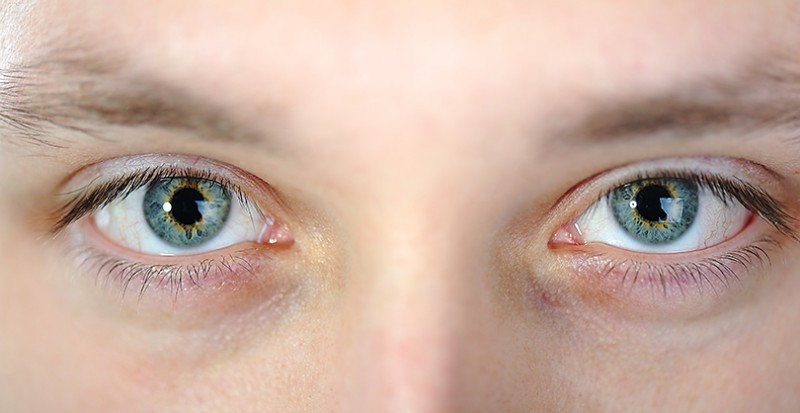Eyebright is a plant that belongs to the Figwort family and whose above-ground parts have been used for medicinal purposes, and this has been going on for centuries. Some claims have it that eyebright has been used for medicinal purposes since the 14th century, although its first mention in print apparently is its inclusion in a 1485 German book about herbs. As the name implies, per lifeseasons.com, eyebright is best known for its various uses in treating eye ailments. Records from the Middle Ages indicate that the plant was believed capable of curing all evils of the eye. Well, while we can't vouch for what determines evil in our modern era, we do know that some of the conditions it has been linked to in terms of inducing healing properties are conjunctivitis ( pink eye ), eye ulcers, weak vision, and eye strain and even such issues as itching, burning, and teary eyes, like those associated with spring allergies.
How Does Eyebright Work?
To put it succinctly, eyebright is viewed as a natural remedy that contains chemicals that apparently act as astringents (causing the contraction of skin cells and other tissues) and are able to kill bacteria. It is also regarded as an anti-inflammatory with its provision of compounds known as tannins, that have anti-inflammatory properties, per verywellhealth.com. Users of eyebright products are cautioned to discuss its use with their physician, as improper use or dosages can cause health issues. Scientific research pinpointing eyebright's reported health benefits is relatively scarce and ongoing, although there are studies that have been done and bear outs its effectiveness. One study published in 2000 in Journal of Alternative and Complementary Medicine, cited at verywellhealth.com, took a look at eyebright's efficacy in treating conjunctivitis. What it found in the treatment of 65 people with the condition was that eyebright-containing eyedrops administered one to five times a day was accompanied by a complete recovery of 53 of the patients within 14 days. Another study published in 2014 involving tests on cells extracted from the surface layer of human corneas identified the aforementioned anti-inflammatory properties of eyebright. Incidentally, other natural remedies that have shown promise in treating various eye-related disorders include bilberry and gingko biloba, both for the treatment of glaucoma.Eyebright's Other Possible Health-Related Benefits
Interestingly, other uses of eyebright through the centuries have included being the main ingredient in eyebright ale that might have been a hit in a European pub or two, as well as a dried version of the plant that was mixed with tobacco to help improve bronchial colds. We're not suggesting you tinker at home with eyebright to devise your own concoctions in combinations with other compounds to produce alcoholic drinks or stogies, but following are some more realistic possibilities for the healthful use of eyebright, all subject, of course, to a discussion with your physician:- Respiratory conditions. Eyebright has been found useful in treating the likes of bronchitis, colds, sinusitis, and allergies, per homeremediesweb.com. The herb's astringent-tannins can help diminish the discharge of mucous during colds and flu by tightening mucous membranes. It helps to know that eyebright contains numerous other compounds and nutrients, such as vitamins B, C, E, and beta-carotene, as well as alkaloids, ferulic acids and flavonoids, defensive compounds, and volatile oils.
- Skin issues. This includes an apparent ability to heal acne, thanks to astringent and antibacterial elements that can tighten the porous oily skin. This also works with other skin irritations.
- Cognitive abilities. Eyebright's availability of flavonoids and beta-carotene seem able to enhance cognitive performance and bolster memory performance.
- Other conditions. Over the years, eyebright also has been used to treat other conditions such as coughs, earaches, epilepsy, headaches, hoarseness, jaundice, runny nose, and sore throat, per webmd.com.

